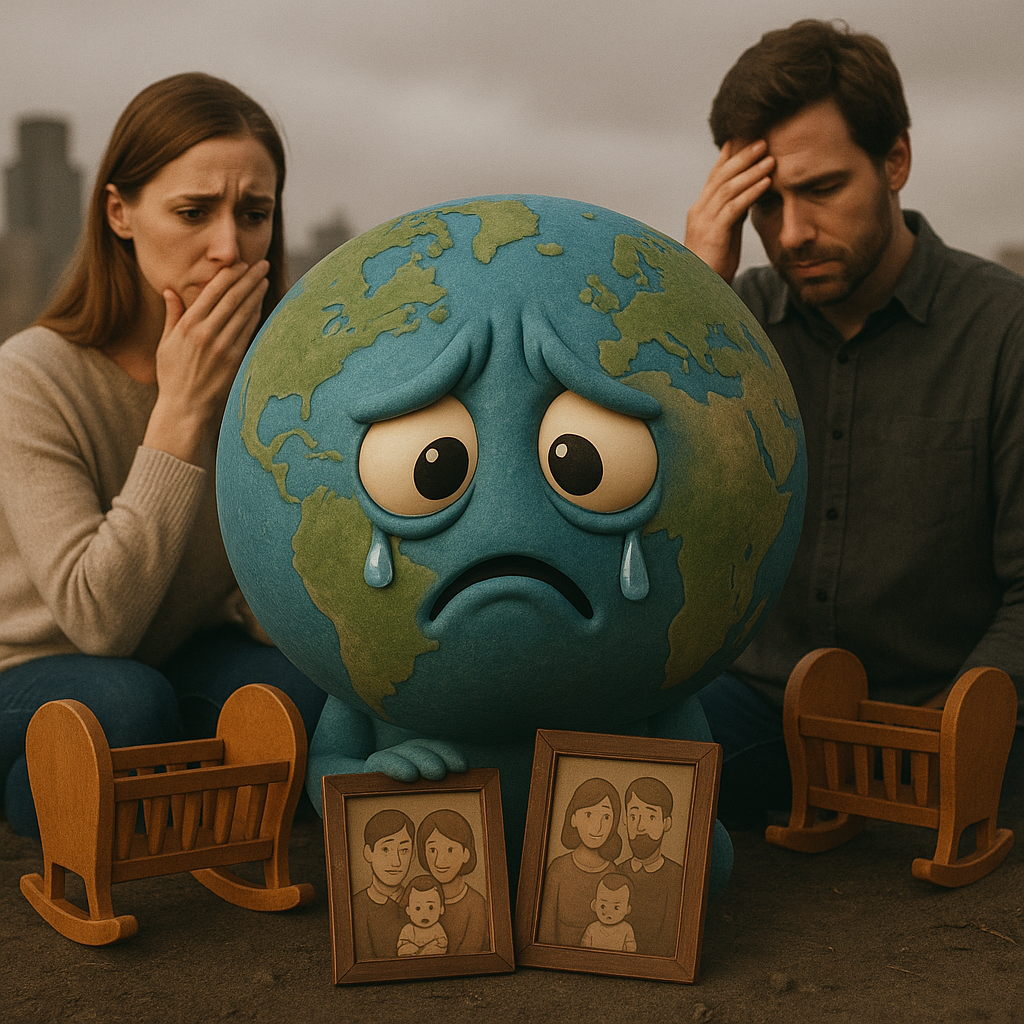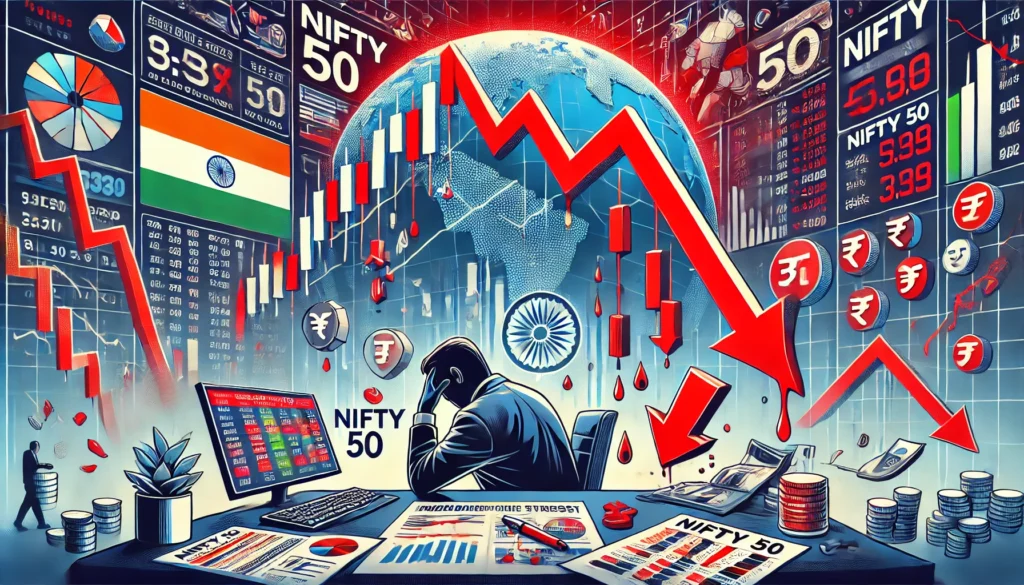When people imagine the end of the world, they picture mushroom clouds, blazing wildfires, killer robots, or a giant asteroid crashing into Earth.
They imagine chaos. Explosions. Panic.
But what if the real apocalypse isn’t loud at all?

What if it’s already started — silently, invisibly — in bedrooms, boardrooms, and wedding halls around the globe?
The most certain, most ignored threat to human civilization isn’t nuclear war, climate change, or even AI
We’ve stopped having children.
The Collapse Has Already Begun
To maintain a stable population, every woman needs to have 2.1 children on average.
But today, more than half the global population lives in countries below that threshold. Some nations are in freefall.
Fertility Rates by Country (2024):
- South Korea: 0.72
- Japan: 1.3
- China: 1.0
- Germany, Italy, Spain: 1.2–1.4
- India: ~2.0 — and falling fast
Just two generations ago in India, most families had 4–6 kids. Today, 1–2 is common and many couples don’t want kids at all.
The New Religion: Freedom Over Family
Why are people choosing not to have children?
Because the modern world has rewired our values — from family to freedom, from community to individualism.
Let’s break it down:
- Urbanization made kids more expensive and less practical.
- Inflation makes even basic survival feel stressful.
- Career-first culture tells us to chase titles, not toddlers.
- Spirituality and self-growth now compete with the idea of parenting.
- Dating apps and hookup culture made casual sex more accessible — while long-term commitment seems harder than ever.
- Marriage is viewed as a trap, especially by younger generations who’ve watched divorce and disillusionment all around them.
Today, many people don’t want to marry. They just want sex — without the social, emotional, or financial baggage
What If Fertility Falls Below 1.5?
Let’s explore the implications if global fertility rates settle at 1.5 or lower — which is already the case in many developed nations.
This is not science fiction. It’s a healthy but alarming assumption, based on current trajectories.
At 1.5 births per woman, each generation is roughly 30% smaller than the last. At 1.2 or 1.0, the decline is catastrophic.
- If current trends hold, the world population will drop from 8 billion today to 5 billion by 2100
- By the year 2500, some models suggest we could fall below 2 billion
- And if fertility drops further — to below 1 — then within just 10–15 generations, over 95% of humanity could disappear
Think about that: A silent self-erasure, not from war or disease — but from our own choices.
There won’t be enough young people to:
- Run economies
- Maintain infrastructure
- Support the elderly
- Carry culture forward
Even AI won’t help — it can automate tasks, but not raise babies, pass down values, or create new humans.
Falling below 1.0 in fertility is a slow-motion extinction event.
And we’re not far from it.
Why Not War or Asteroids? Let’s compare:
- Nuclear war? Didn’t happen in the Cold War, when tensions were higher than now.
- Asteroids? Monitored 24/7 by global space agencies.
- Climate change? Serious, yes — but shrinking populations may ease its impact in the long run.
- AI? Still speculative, and unlikely to wipe out biological life.
But declining fertility?
It’s real. It’s measurable. It’s happening right now. And it’s accelerating
“But Isn’t That Good for the Planet?”
Sure — at first.
- Rewilding
- Lower emissions
- Less pressure on resources
But then…
- Fewer thinkers
- Less innovation
- Fragmented cultures
- More loneliness
- Less human purpose
The Earth will survive. But who will be here to see it?
Final Thought: Extinction by Choice
Imagine explaining our fate to a future AI or alien visitor:
“No, we didn’t die in war or fire. We just… stopped showing up.”
No explosions. No drama.
Just a quiet fade into extinction.
We feared we’d destroy the Earth.
But maybe, Earth will outlive us — because we chose to stop creating life.
Where Do We Go From Here?
This isn’t just a demographic shift.
It’s a civilizational emergency.
And we’re sleepwalking into it.
Want to Go Deeper?
Read our in-depth follow-up: The Economic Cost of Emptiness: What Population Collapse Means for Markets
Explore how declining birthrates are reshaping GDP, labor markets, pensions, and asset prices — and what it means for the future of investing.



